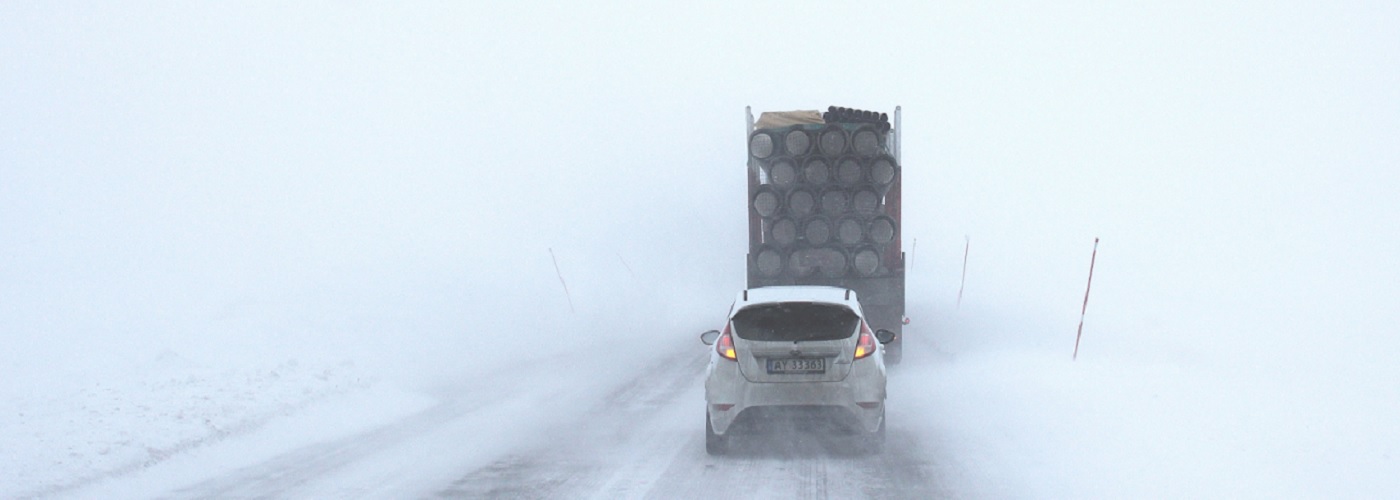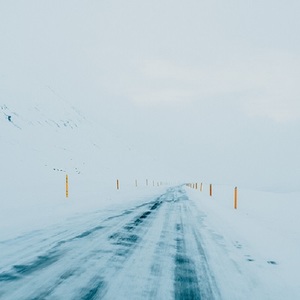

When major snowstorms strike the central and northern Plains of the US, the culprit is oftentimes a type of low pressure system called a "panhandle hooker." The majority of low pressure systems that move across the continental US originate somewhere in the Pacific Ocean. Once they make landfall in North America, they progress over the Rocky Mountains and then emerge into the middle of the continent. Depending on how the polar jet stream is oriented, these systems evolve in one of two ways. They can make landfall in western Canada and track southeast into the northern Plains and Great Lakes region as an Alberta Clipper system, or they make landfall along the West Coast of the US and sweep southeast into Colorado and the Panhandle of Texas and track northeast into the Plains. The second scenario is the one that results in a panhandle hooker.
When low pressure systems crash into the Pacific they can be formidable lows, dropping heavy snows in the mountains and heavy rains along the coast and in the valleys. As they progress across the Rocky Mountains, their structure is compromised and they weaken. Once they emerge east of the Rockies in the Plains, they are usually a shadow of what they once were. It is at this point that they begin to reintensify due to a phenomenon called lee-side cyclogenesis. This occurs when mid to upper level winds associated with a preexisting upper level low run perpendicular into a mountain range and accelerate down the other side. The steeper the elevation decline is, the greater the potential for intensification in this manner.
As the low intensifies in the vicinity of southeast Colorado and the Panhandle of Texas, it first tracks eastward before it begins to "hook" to the northeast across the Plains. Because the system intensifies near the Gulf of Mexico, vast amounts of warmth and moisture are ingested by the system. Meanwhile, the cyclonic winds that increase around the low tap into arctic air residing in western Canada. These hugely contrasting air masses help to further strengthen the low as it continues to head northeast. The result is heavy snows on the northwest side of the low along with lines of heavy thunderstorms that develop to the southeast.
Panhandle hookers are very similar to another type of low called a "Colorado low." When looking back on the biggest snows of the winter season, the blame can oftentimes be put on these types of lows that re-emerge in the central and southern Plains before making their signature hook to the northeast.
A look at the track of an historic hook low that occurred back in 1940 can be found here.
